Crop Protection Services: 7 Game-Changing Innovations
Meta Description: Crop protection services are essential for agriculture, safeguarding crops and forests from pests and diseases. Discover the 7 game-changing innovations in integrated pest management, sustainable crop protection, and precision agriculture technologies for effective, eco-friendly pest control solutions.
Introduction to Crop Protection Services
Crop protection services are vital for modern agriculture, forestry, and farming. These services encompass a range of strategies and technologies aimed at maintaining plant health, optimizing yields, preventing damage from pests and diseases, and safeguarding the long-term sustainability of agricultural ecosystems. The rapid evolution of integrated pest management (IPM) and sustainable crop protection practices has enabled us to tackle new environmental challenges, minimize reliance on chemical pesticides, and improve food security worldwide.
In this comprehensive guide, we will explore seven game-changing innovations in crop protection services. We’ll discuss how these advancements—covering everything from biological and cultural methods to precision agriculture technologies—enable us to manage pests, diseases, and environmental stresses more effectively and sustainably.
- How do integrated pest management approaches reduce risks associated with conventional practices?
- What role do beneficial organisms and biological control agents play in maintaining ecological balance?
- How is Farmonaut employing cutting-edge satellite and AI technologies in precision plant protection?
“Integrated pest management can reduce pesticide use by up to 50% while maintaining crop yields.”
1. Integrated Pest Management (IPM): A Holistic Crop Protection Service
Integrated Pest Management (IPM) is at the core of modern crop protection services, combining multiple techniques to manage pest populations effectively, economically, and with minimal environmental disruption.
Key Strategies of IPM
- Biological methods: Harnessing natural predators, parasites, and pathogens to combat pests
- Cultural practices: Modifying agronomic techniques (e.g., crop rotation, resistant varieties) to reduce pest prevalence
- Mechanical and physical tactics: Using barriers, traps, mulches, or manual removal methods
- Chemical control: Applying chemical pesticides only when necessary, and in conjunction with other strategies
IPM emphasizes careful monitoring of fields, setting action thresholds (the pest population level at which control measures must be taken), and employing a combination of tactics to control damage. By integrating these methods, we:
- Minimize risks to human health and the environment
- Promote sustainable crop protection
- Reduce reliance on synthetic chemical pesticides
This approach not only benefits yield but also improves long-term soil and ecosystem health, promoting a balanced agricultural environment for future generations.
2. Biological Pest Control: Promoting Beneficial Organisms and Natural Predators
Biological pest control is an eco-friendly method that utilizes natural predators, parasites, and pathogens to manage pest populations. This crop protection method reduces the need for chemical pesticides, maintaining ecological balance and supporting biodiversity.
Examples of Biological Control Agents
- Predatory mites for managing spider mites and thrips
- Parasitic wasps that lay eggs in aphids or whiteflies
- Beneficial nematodes for targeting insect larvae in the soil
- Bacteria and fungi that act as pathogens specifically for certain pests
Using biological methods improves both short- and long-term crop health. By introducing beneficial organisms to our crops and orchards, we:
- Control pest outbreaks naturally
- Maintain ecological balance in agricultural ecosystems
- Reduce harmful chemical residues in food and the environment
As we strive toward integrated and sustainable crop protection, biological pest control becomes increasingly essential in our arsenal of environmentally conscious farming strategies.
Farmonaut’s Carbon Footprinting tools help us monitor and reduce our environmental impact while implementing biological methods for crop protection. This technology tracks greenhouse gas emissions, encouraging more sustainable agriculture.
3. Cultural Practices in Crop Protection: Proactive Methods for Sustainable Agriculture
Cultural practices are foundational in sustainable crop protection. These methods modify growing environments to make them less hospitable to pests, diseases, and weeds. By incorporating such practices, we can often prevent pest buildup and enhance overall crop resilience.
Effective Cultural Control Techniques
- Crop rotation: Changing crop species each season to disrupt pest and disease cycles
- Field sanitation: Removing crop residues and weeds to minimize pest habitats
- Resistant varieties: Selecting plant strains bred for resistance to specific pests and diseases
- Adjusting planting and harvest times: Avoiding peak pest periods for reduced exposure
- Proper irrigation and fertilization: Maintaining healthy crops less susceptible to attacks
Such cultural approaches are fundamental to integrated pest management, offering economical, sustainable, and effective ways to control pests without excessive reliance on chemicals. They are especially vital for small-scale farming, organic systems, and forestry management where chemical interventions are limited.
For large-scale farm managers, Farmonaut’s Large-Scale Farm Management Platform helps monitor the effectiveness of cultural and diverse crop protection practices across vast plantations efficiently with remote satellite monitoring and AI.
“Precision agriculture technologies have improved pest detection accuracy by over 30% in recent field studies.”
4. Chemical Pest Control Methods: Targeted, Responsible Applications
While chemical pest control methods such as pesticides, herbicides, and fungicides remain essential in modern agriculture, their use requires careful management to minimize unwanted impacts. Chemical interventions are most effective when used as a component of integrated pest management, rather than as a stand-alone approach.
Responsible Use of Chemicals in Crop Protection
- Monitoring pest populations to assess the true need for intervention
- Applying targeted treatments rather than broad-spectrum sprays
- Rotating active ingredients to prevent resistance buildup in pests
- Protecting beneficial organisms and pollinators by using selective products
- Complying with environmental and human health regulations
- Integrating with other strategies for optimal, sustainable outcomes
Technological advancements in application equipment, such as precision sprayers and drones, are revolutionizing chemical pest control. These tools help reduce chemical use, prevent runoff, and improve coverage efficiency.
Farmonaut’s Blockchain-Based Traceability boosts transparency in chemical usage: every stage—from field application to market—is securely recorded, building consumer trust and supporting sustainable, traceable agriculture.
5. Precision Agriculture Technologies: Enhancing Crop Protection and Disease Management
The rise of precision agriculture technologies marks a turning point in how we monitor, manage, and protect our crops from pests and diseases. This technology-driven approach allows us to apply interventions exactly where and when they are needed, significantly enhancing crop health and yield while reducing environmental impact.
Core Technologies Empowering Precision Agriculture
- Satellite-based crop health monitoring: Real-time view of field conditions, pest infestations, and disease outbreaks at large and small scales
- Drones and UAVs: Targeted application of fertilizers or pesticides and advanced scouting in vast fields
- AI and machine learning: Analysis of complex data (weather, soil, plant health) for early warning and decision support
- Remote sensing and IoT sensors: Precise detection of moisture stress, nutrient deficiencies, or pest pressures
With these innovations, farmers enjoy:
- Targeted and efficient interventions that reduce input costs
- Lower environmental impact and chemical residues
- Improved yield and resource use (e.g., water, fertilizer, labor)
- Data-driven management, maximizing effectiveness
Farmonaut’s Fleet and Resource Management Tools are crucial for large agricultural businesses. By optimizing the use of vehicles and machines, we streamline precision applications and minimize operational costs while boosting safety and productivity.
For tech-enabled growers, integrating Farmonaut’s API (API Access and Developer Docs) brings satellite-powered data directly into custom software and apps, unlocking new opportunities in precision pest and disease management.
6. Crop Scouting and Monitoring: The Foundation of Early Pest and Disease Detection
Regular, systematic crop scouting and monitoring is critical to effective crop protection. By inspecting fields proactively—either in-person or using remote tools—we can identify early signs of pest, disease, or weed pressure, enabling timely and targeted interventions.
Modern Approaches to Crop Scouting
- In-person field walks with GPS-enabled devices for location tracking and data collection
- Mobile or web apps (like Farmonaut) for systematic recording and sharing of field observations
- Analysis of satellite irrigation and vegetation health maps to prioritize high-risk areas
- Automated alerts from AI-powered advisory systems based on real-time weather and crop data
Effective crop scouting minimizes unnecessary pesticide use, ensures resource efficiency, and greatly reduces production losses from pests and diseases. Farmonaut’s platform also supports early disease and pest detection—protecting both crop yields and overall crop health.
Integrating Farmonaut’s Crop Loan & Insurance Verification Tools helps ensure that crop protection interventions are linked to verified and healthy fields. This supports better risk assessment and access to agricultural finance.
7. Seed Treatment for Crops: Enhancing Early Crop Protection and Vigorous Establishment
Seed treatment for crops is a preemptive crop protection strategy involving applying protective products—such as fungicides, insecticides, or beneficial microbes—directly to seeds before planting. This provides early-stage protection against soil-borne diseases, pests, and environmental stresses.
Major Benefits of Seed Treatment
- Protects seedlings against early-season pests and pathogens
- Reduces need for broadcast chemical applications
- Helps ensure healthy plant establishment and improved crop resilience
- Limits overall chemical use in the environment
- Precise dosing and targeted protection help increase yields
Increasingly, advanced seed coating technologies are being used to deliver not just pest and disease protection but also nutrients and growth stimulants, further improving yield and reducing production costs.
Farmonaut’s Satellite Advisory Platform helps us track early crop health and seedling establishment, identifying any variation in performance that may be linked to seed treatment efficacy or early pest pressures.
Comparative Features Table: The 7 Game-Changing Innovations in Crop Protection Services
| Innovation Name | Brief Description | Key Technology/Method | Ecological Impact | Estimated Effectiveness (% Pest Reduction) | Sustainability Score (1-5) | Estimated Global Adoption Rate (%) |
|---|---|---|---|---|---|---|
| Integrated Pest Management (IPM) | Combines various pest management methods for economic, sustainable control. | Holistic, threshold-based, combines biological, cultural, mechanical, chemical methods | Low | 55-70% | 5 | 60% |
| Biological Pest Control | Uses natural predators, parasites, pathogens to manage populations. | Beneficial organisms (e.g., wasps, mites, nematodes) | Very Low | 30-60% | 5 | 30% |
| Cultural Practices | Modifies environment to prevent or reduce pests. | Crop rotation, field sanitation, resistant varieties | Low | 20-40% | 4 | 40% |
| Chemical Pest Control Methods | Applies targeted pesticides, herbicides, fungicides as needed. | Synthetic chemicals, selective/specific products | Medium-High | 70-90% | 3 | 70% |
| Precision Agriculture Technologies | Uses data, AI, remote sensing for targeted actions. | Satellite imagery, drones, AI, machine learning | Low | 40-60% | 5 | 25% |
| Crop Scouting and Monitoring | Regular field checks for early detection and intervention. | Field walks, remote apps, satellite/IoT monitoring | Very Low | 25-35% | 5 | 35% |
| Seed Treatment for Crops | Applies protection products directly to seeds pre-planting. | Seed coating with fungicides, insecticides, biostimulants | Low | 15-30% | 4 | 55% |
Aerial Application for Crop Protection Services
Aerial application, or crop dusting, is an efficient method for large-scale pest and disease management. By using aircraft or drones, we can apply crop protection products rapidly across vast fields, especially where ground access is difficult.
- Effective for treating expansive monoculture or diverse plantations
- Requires careful calibration to ensure coverage and minimize environmental drift
- Must adhere to regulations to protect human health, wildlife, and water bodies
- Ideally integrated as a component of IPM for best results
As aerial spraying technologies advance—such as with precision drone sprayers—risk of overuse and off-target damage decreases, further aligning with sustainable goals.
Forest Pest Management & Integrated Pest Management in Forestry
Forest pest management adapts integrated pest management principles to the unique demands of forest ecosystems, where biodiversity and natural predator populations play critical roles.
- Regular monitoring of pest populations such as bark beetles or invasive pathogens
- Promoting natural predators and maintaining ecological stability
- Selective, minimal use of chemical treatments only when thresholds are exceeded
- Enhancing forest resilience through cultural practices like mixed species plantations, thinning, and sanitation felling
Modern forest IPM considers the complex interactions between plants, pests, beneficial organisms, and environmental factors, aiming to protect long-term forest health and ecosystem productivity.
Farmonaut supports forestry management and plantation monitoring with satellite-based advisory tools, enabling precise intervention planning and biodiversity preservation in even the largest forest areas.
Sustainable Crop Protection Practices: Environmental & Biodiversity Considerations
The next era of crop protection services centers on sustainability. This means reducing chemical use, promoting biodiversity, and managing landscapes to support crop health over the long term.
- Establishing buffer zones near waterways to prevent contamination
- Using organic pesticides and approved biopesticides
- Encouraging natural predators by habitat preservation (e.g., flowering strips, hedgerows)
- Implementing crop rotations and diversified planting
- Deploying advanced monitoring and analytics (like Farmonaut’s AI platform) to optimize use of crop protection products
Sustainable crop protection is not a single solution, but an approach woven throughout agricultural and forestry system management. Our commitment to these methods is essential for food security, climate resilience, and the wellbeing of future generations.
Challenges and Future Directions in Crop Protection Services
Despite technological and strategic advances, several challenges remain in the crop protection sector:
- Pesticide resistance: Overuse of specific chemicals breeds resistance in pest populations, reducing long-term effectiveness
- Environmental degradation: Runoff, pollution, and biodiversity loss threaten ecosystem health
- Access to sustainable solutions: Many farmers still lack resources or knowledge to adopt advanced methods
Future Innovations on the Horizon
- Development of resistant crop varieties via traditional and modern breeding techniques
- Use of biopesticides derived from natural materials
- Greater integration of machine learning and AI for predictive disease risk and precise pesticide application
- Blockchain-based transparency in food supply chains, reassuring consumers about production practices
Farmonaut and similar agtech providers are leading the transition to a more intelligent, connected, and eco-friendly crop protection paradigm.
Frequently Asked Questions
What are crop protection services?
Crop protection services encompass methods, technologies, and advisory systems designed to secure crops and forests from pests, diseases, weeds, and environmental stresses. They integrate biological, cultural, mechanical, and chemical approaches to optimize crop yields and maintain ecosystem health.
How does integrated pest management differ from traditional pest control?
Integrated pest management combines several complementary strategies—including biological, cultural, mechanical, and targeted chemical methods—focusing on prevention, careful monitoring, and economic thresholds for intervention. Traditional pest control often relies heavily on broad-spectrum chemical pesticides alone.
Why are precision agriculture technologies considered sustainable?
Precision agriculture technologies use real-time data, AI, and remote sensing to apply crop protection measures exactly where and when they are needed. This reduces resource use, environmental impact, and chemical residues, contributing to sustainable crop management.
How does Farmonaut support sustainable crop protection?
Farmonaut provides satellite-based crop health monitoring, AI advisories, blockchain traceability, and resource management tools, making precision agriculture accessible and sustainable for various scales of farming and forestry operations.
What is the role of seed treatment in crop disease management?
Seed treatment protects young seedlings from soil-borne pests and diseases, enhancing early establishment and vigor. It reduces the need for large-scale chemical spraying, aligning with sustainable crop protection strategies.
Farmonaut: Transforming Crop Protection Services with Technology
Farmonaut is a leader in digital crop protection services, making precision agriculture affordable, data-driven, and sustainable for all. Our platform incorporates:
- Satellite-based health monitoring for early detection of pest and disease outbreaks
- AI-powered advisory systems (Jeevn AI) for personalized guidance and optimized crop management
- Blockchain-based traceability to build trust in sustainable and chemical-free production practices
- Fleet/resource and carbon footprint management for holistic, environmentally responsible agriculture
The Farmonaut platform provides real value for individual farmers, agribusinesses, governments, and corporate supply chains—delivering the tools needed for effective, efficient, and sustainable crop protection.
Farmonaut Subscriptions: Unlock Advanced Crop Protection Technologies
Farmonaut offers a flexible, subscription-based model accessible via web, Android, and iOS apps. These tiered plans allow individual farmers, agribusinesses, and organizations to access high-frequency satellite insights, tailored advisories, and resource optimization tools. Choose the subscription that best fits your needs and scale as you grow:
Conclusion
As we move deeper into the 21st century, the integration of technological advancements and sustainable practices in crop protection services has become not only a priority but a necessity. A multifaceted approach—combining integrated pest management, biological, cultural, and chemical methods, as well as precision agriculture innovations—ensures that we protect our crops, forests, and the environment for generations to come.
With leaders like Farmonaut making cutting-edge crop disease management accessible to all, the future of agriculture is both productive and sustainable. By embracing these seven game-changing innovations, we play our part in safeguarding food security, ecological balance, and the wellbeing of communities worldwide.


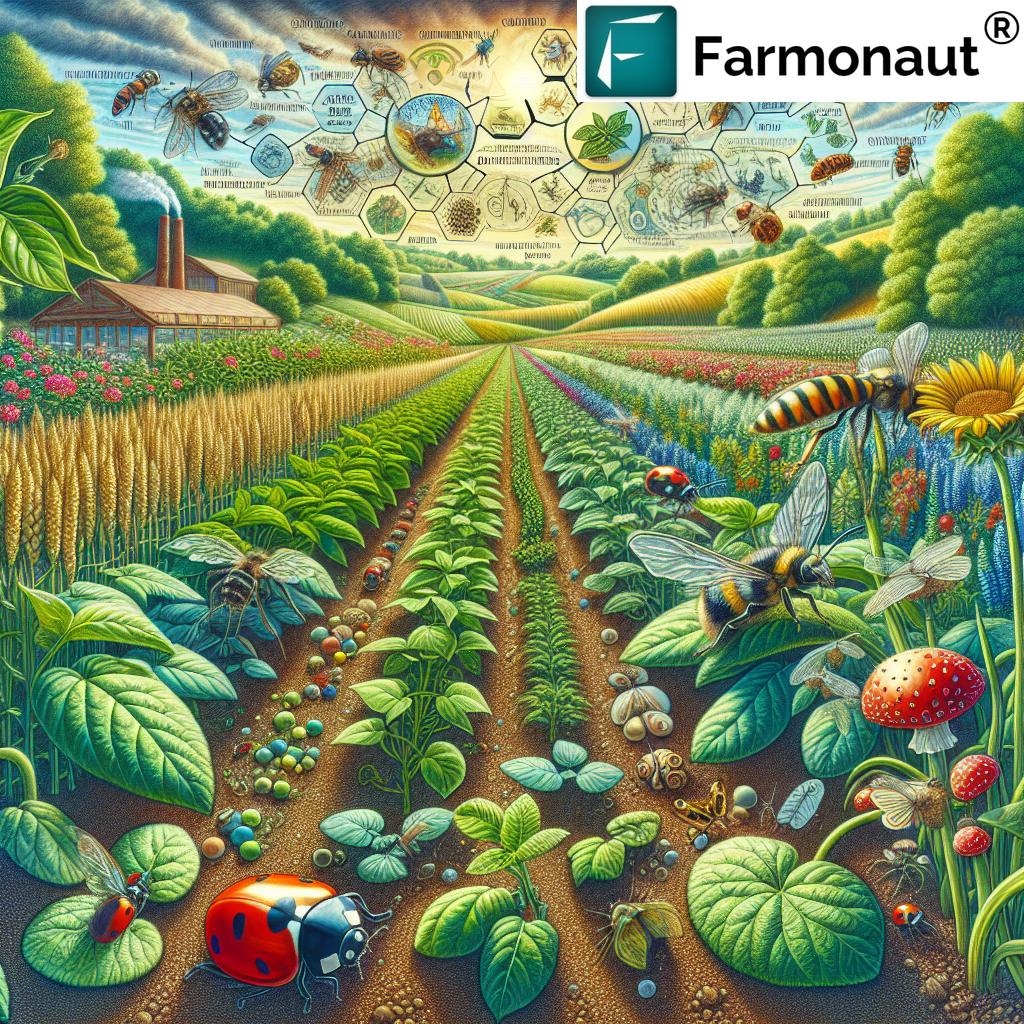



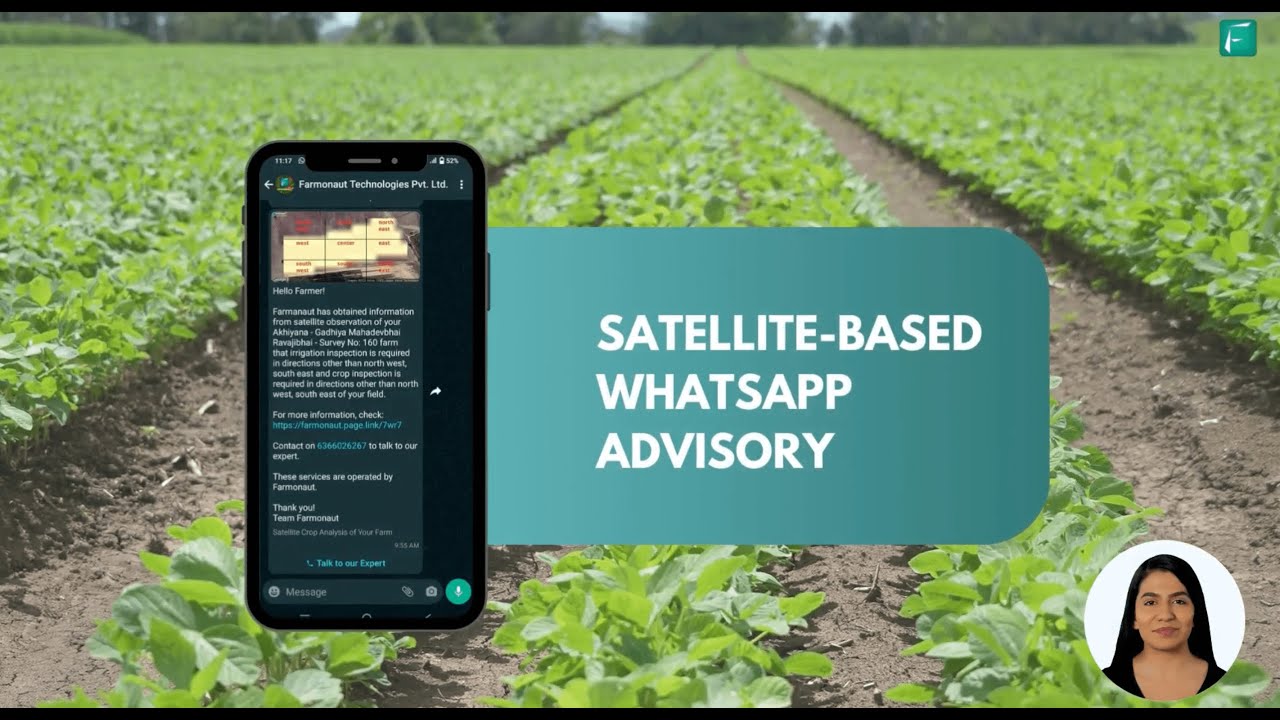




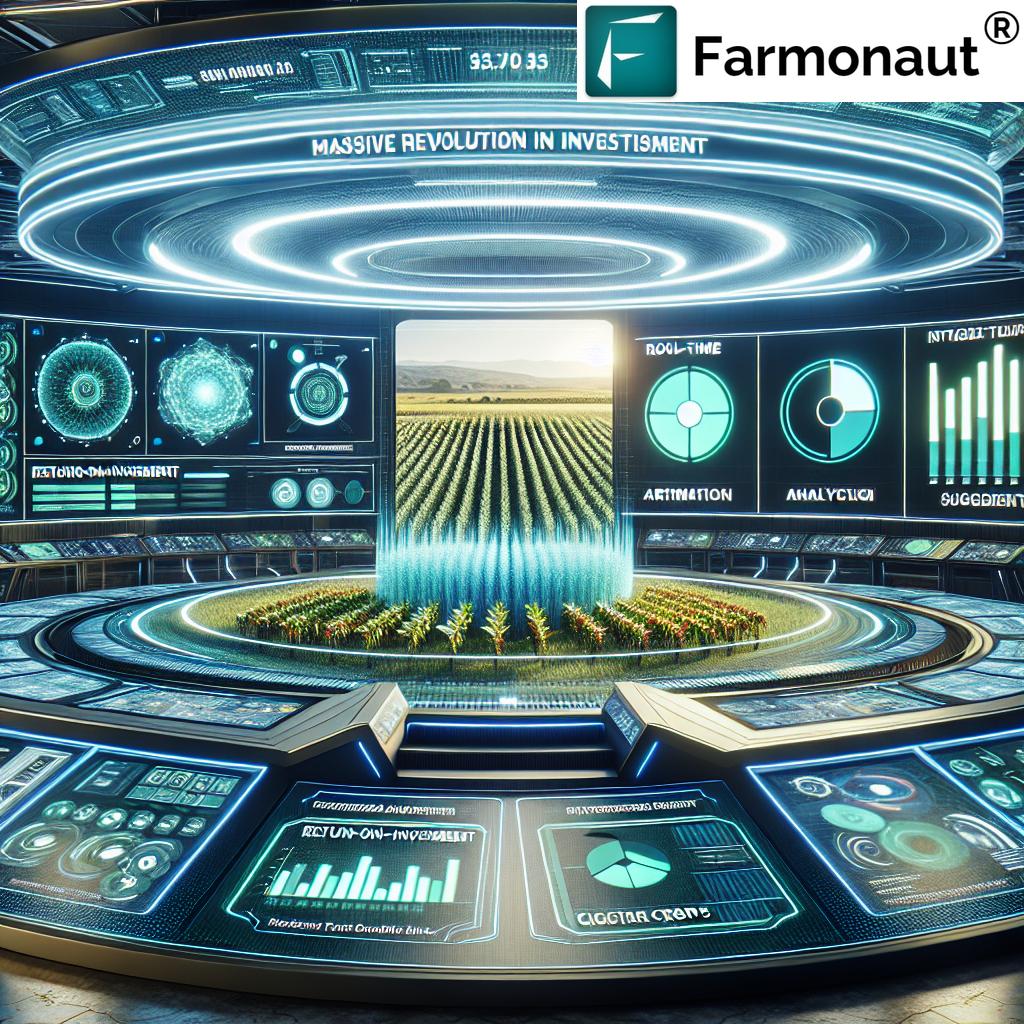
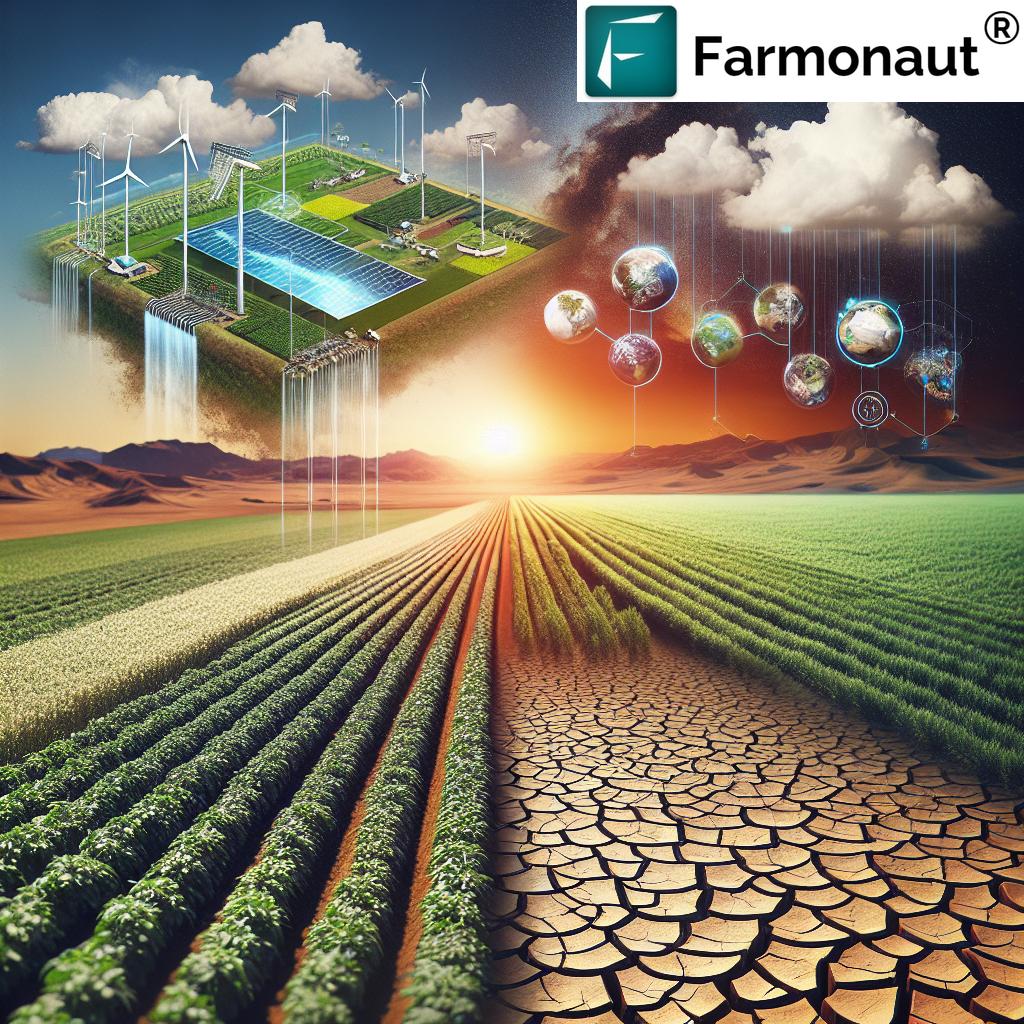
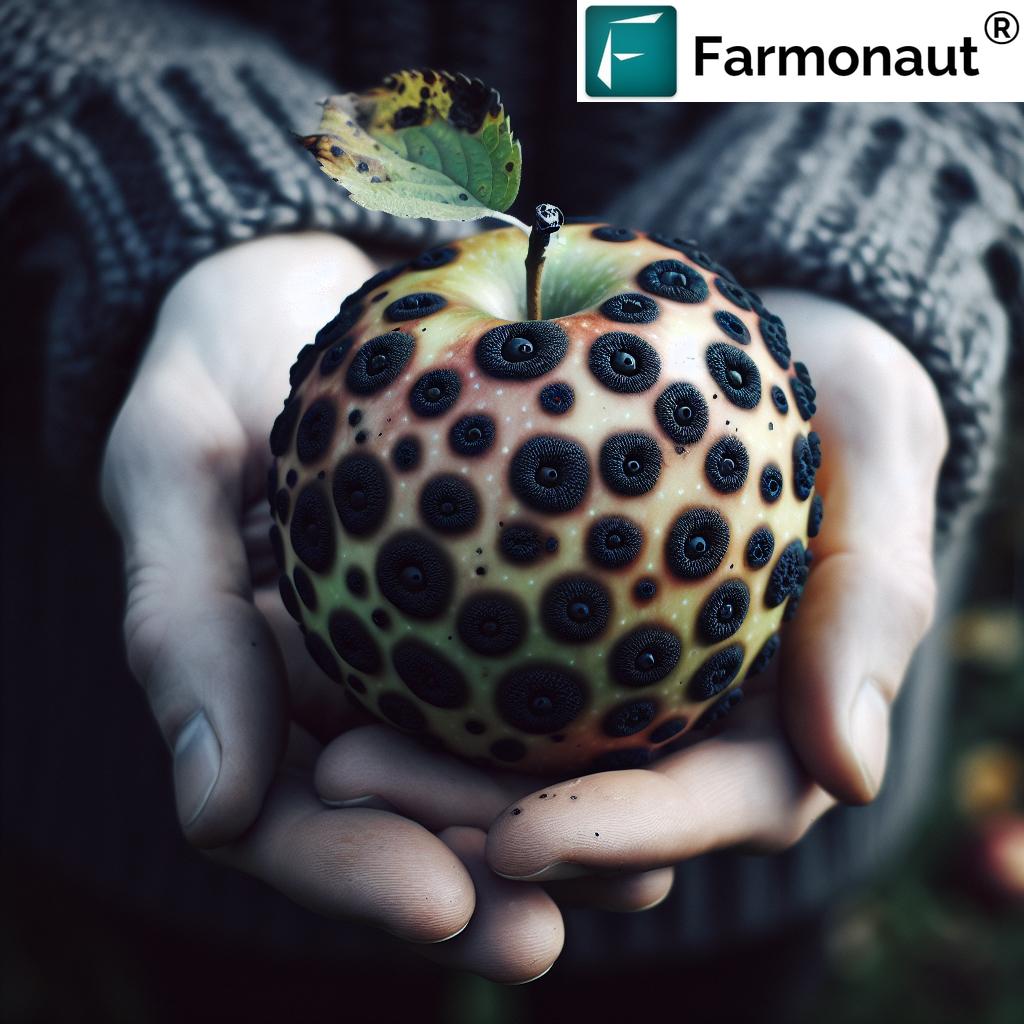

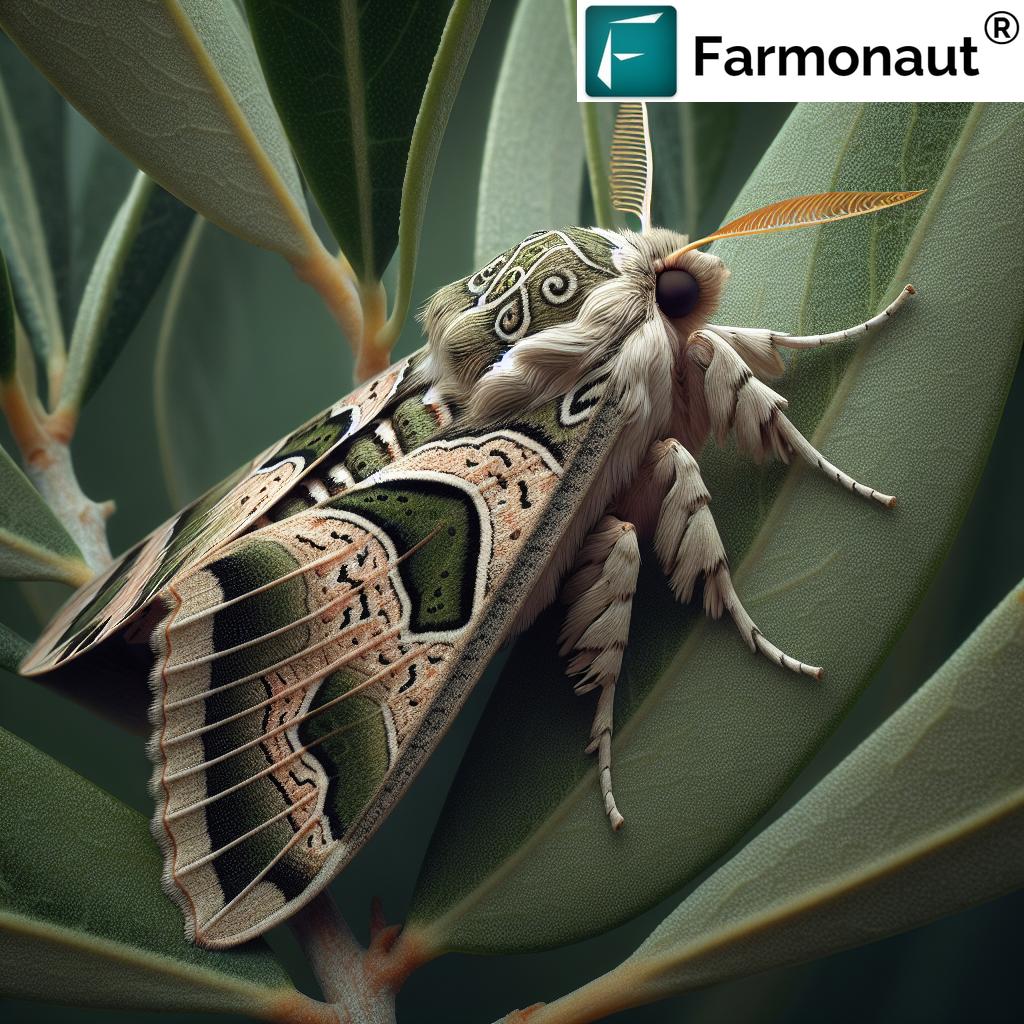
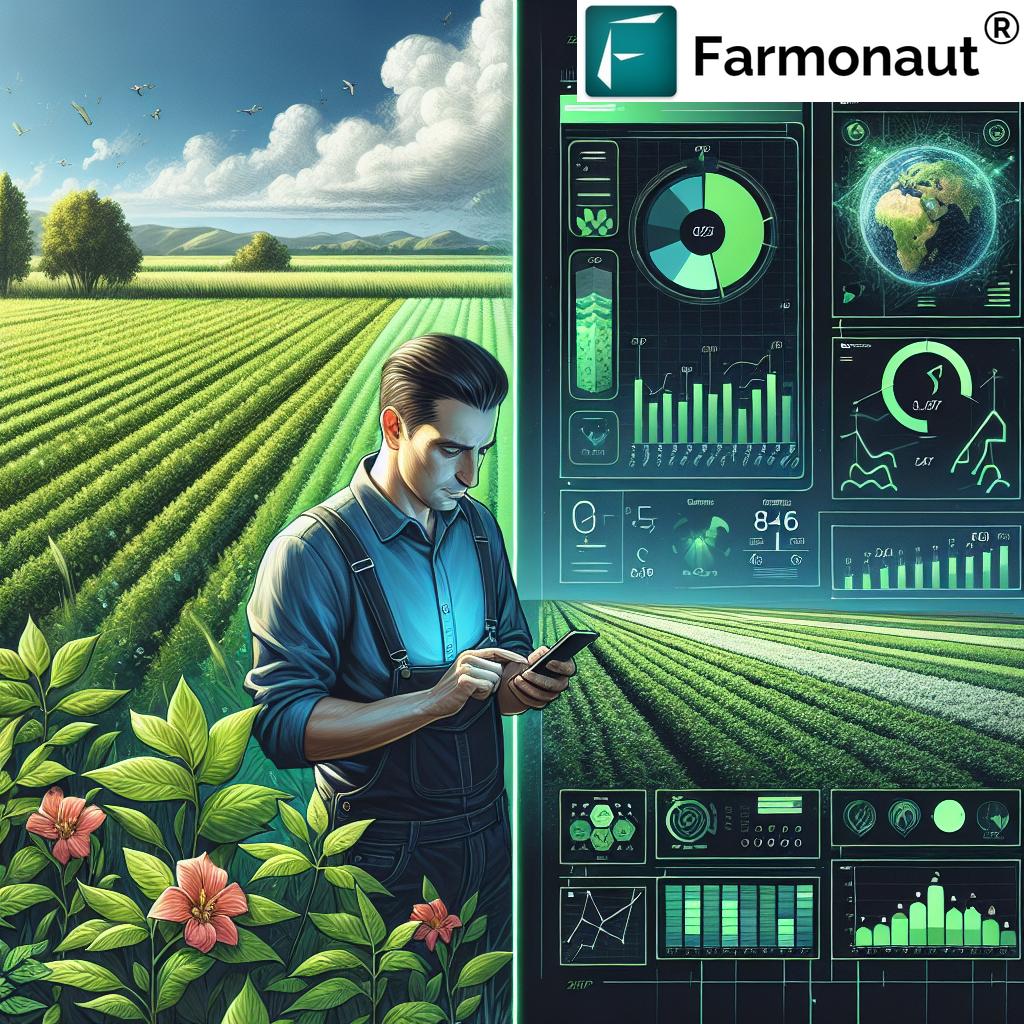
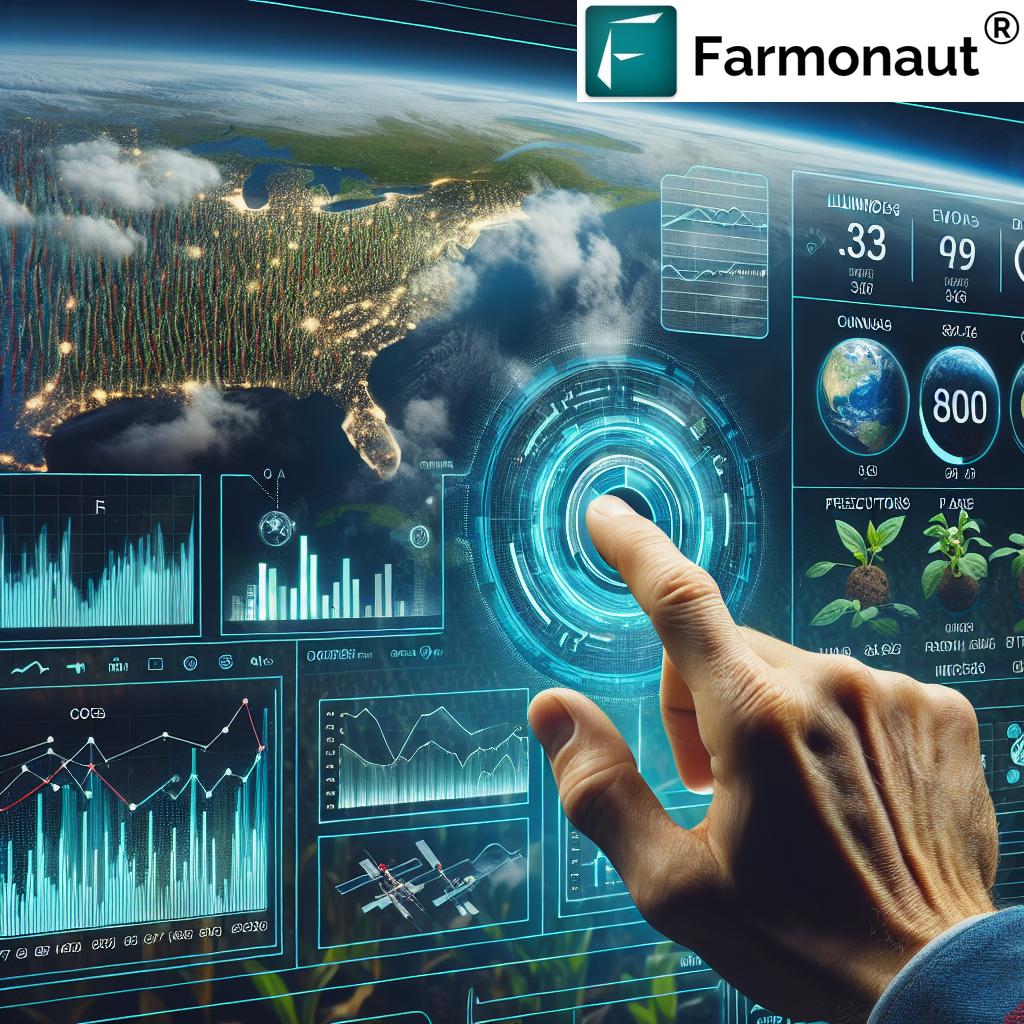

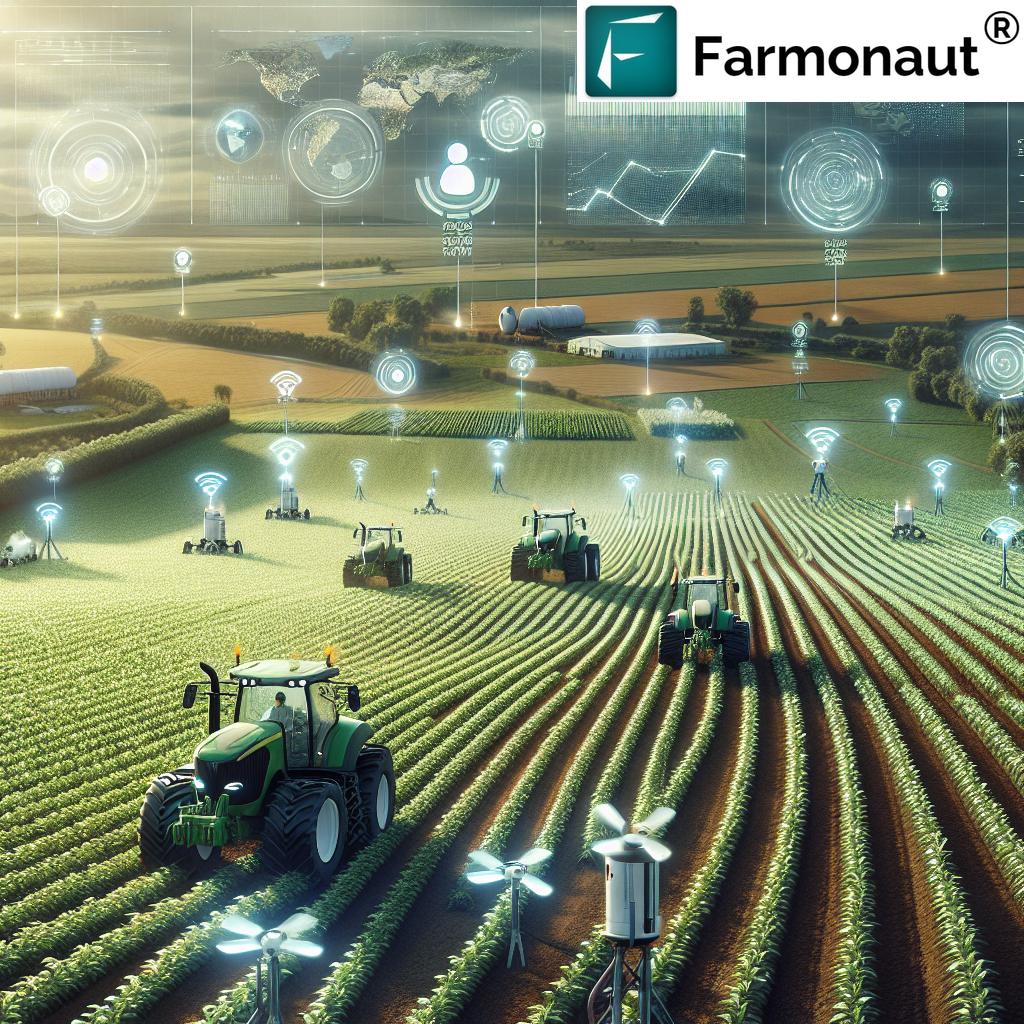
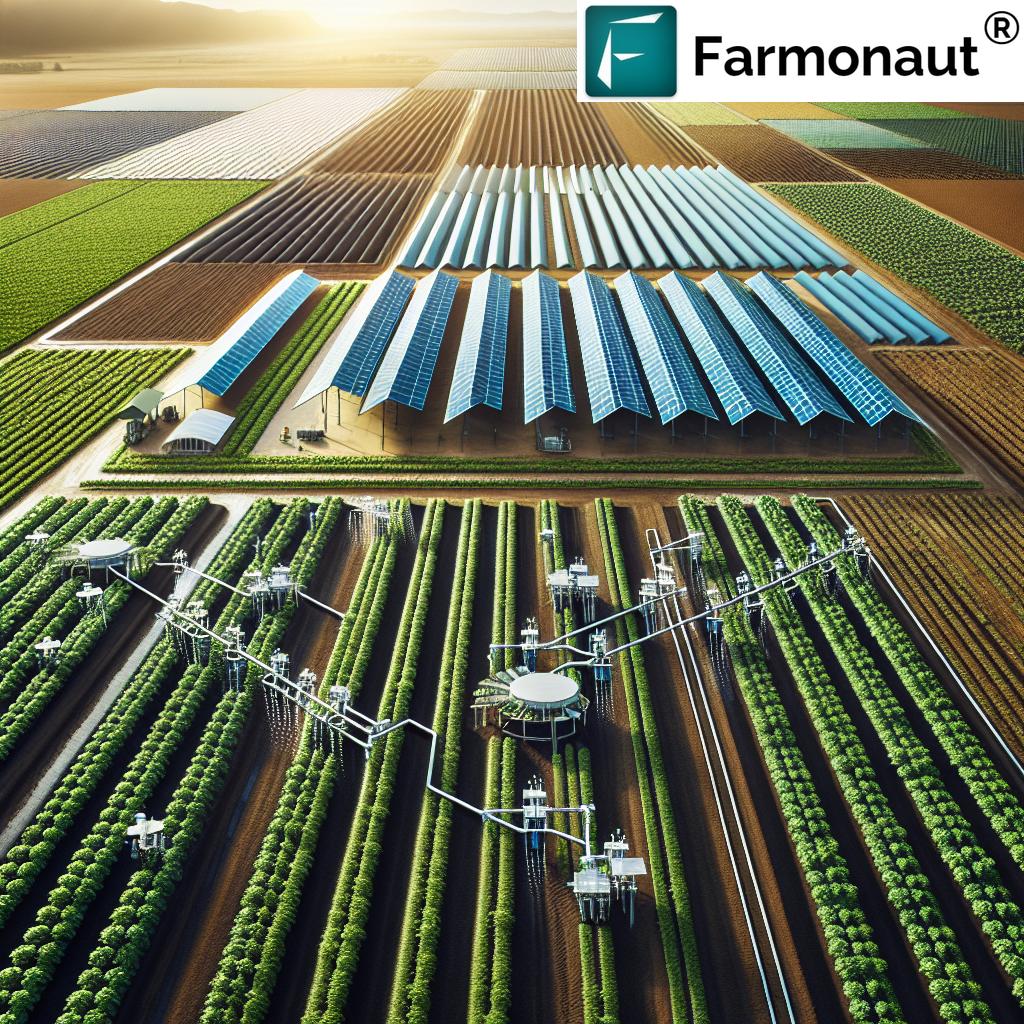
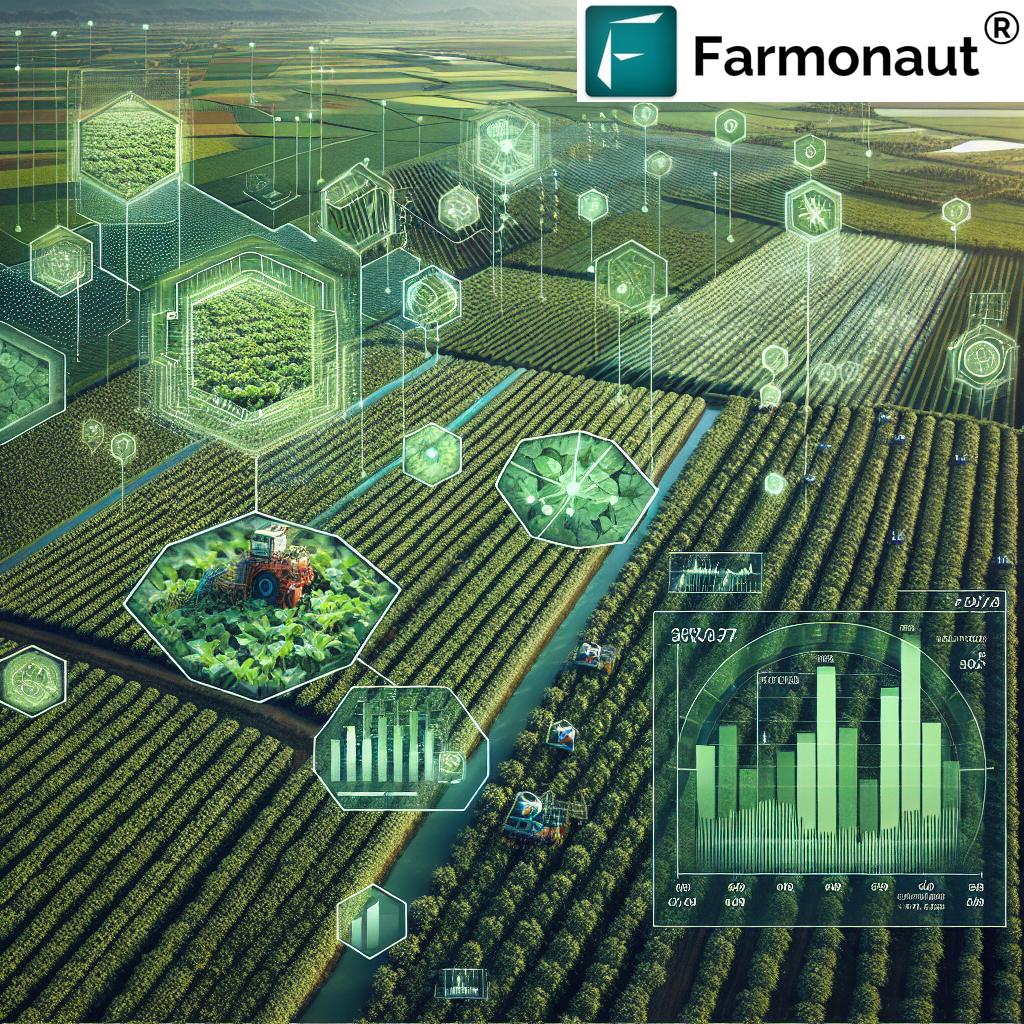
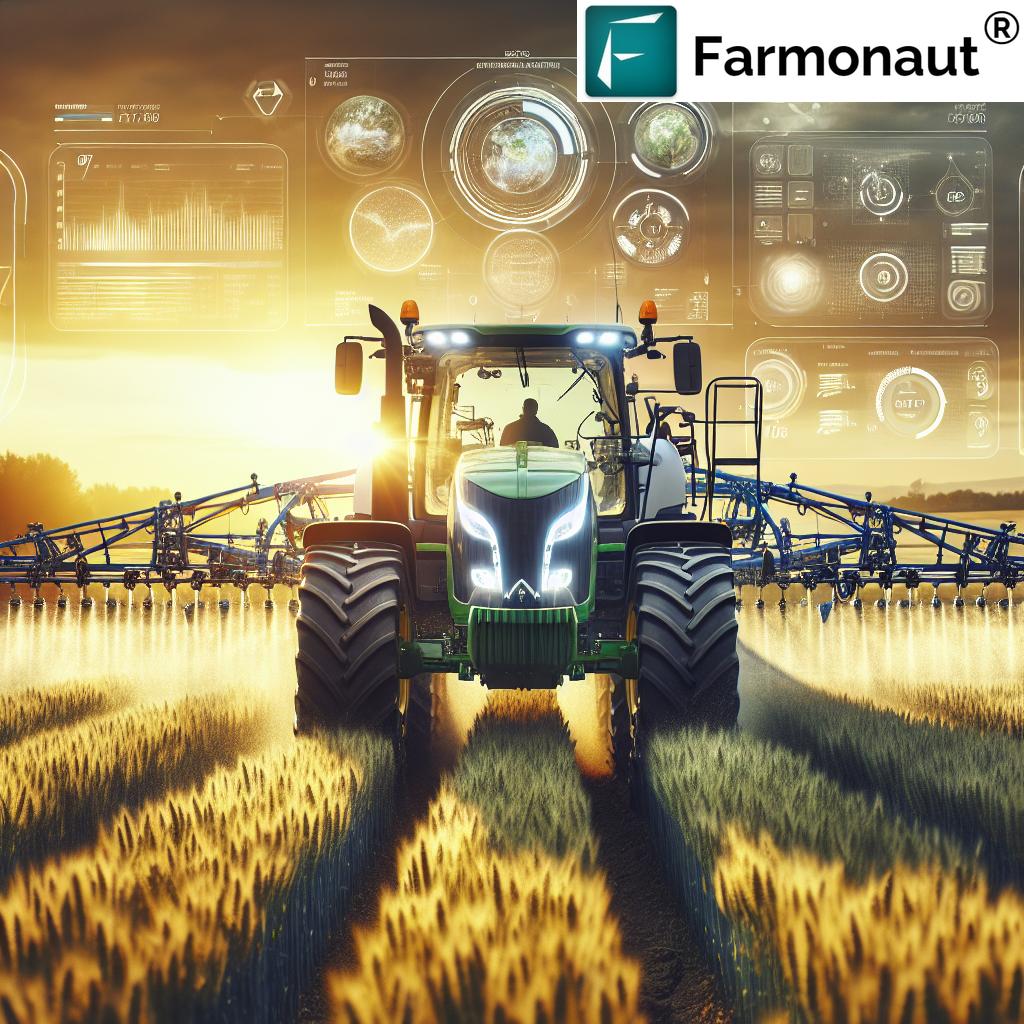
There is definately a lot to find out about this subject. I like all the points you made